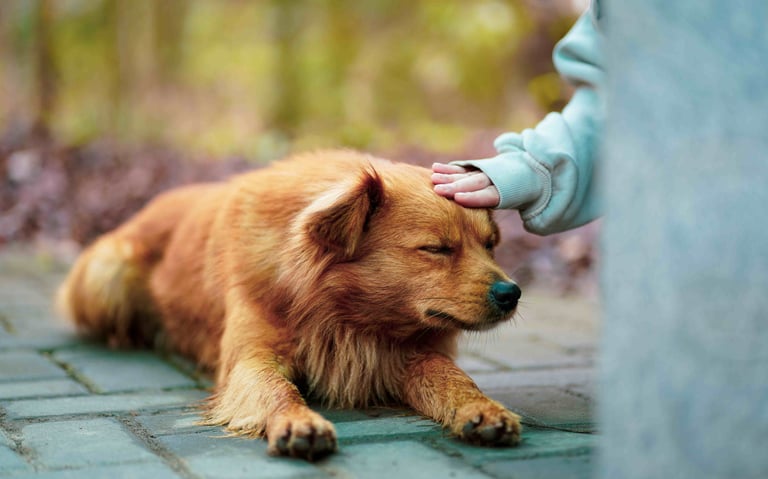Training helps dogs understand expectations, feel secure in routines and build a reliable relationship with you based on clarity and consistency. With the right methods, you can guide behaviour effectively while supporting your dog’s confidence and emotional wellbeing.
Why check out this article?
10 Beginner Training Basics
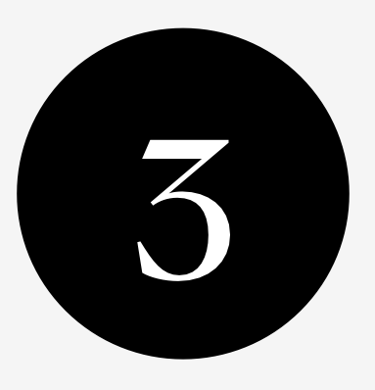
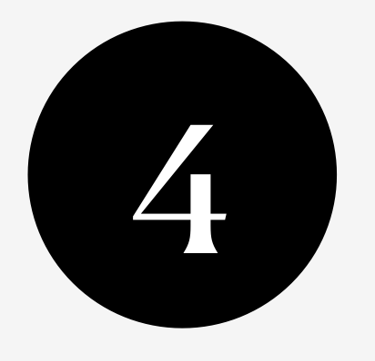


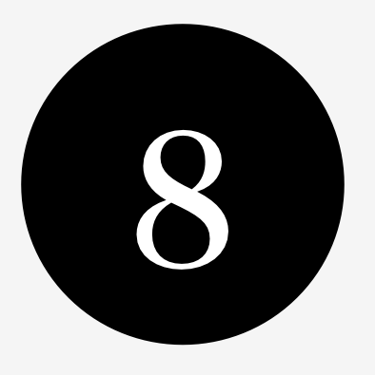
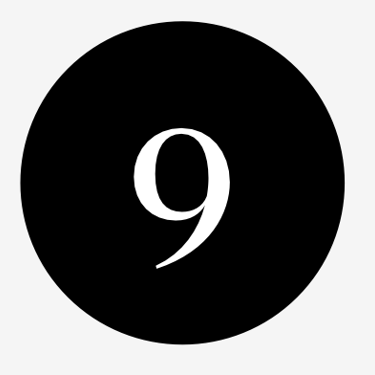
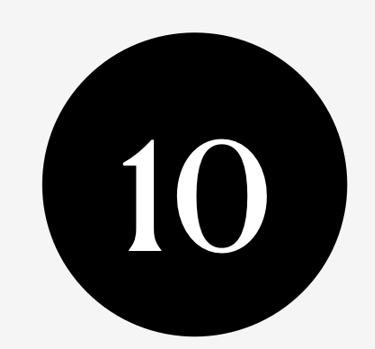

Name Recognition – Say your dog’s name once, wait for their glance and reward immediately to reinforce attention. Keep sessions short, repeat often and avoid calling during distractions until the response becomes automatic.
Sit Command – Hold a treat above your dog’s nose and move it slowly over their head. As their eyes follow, their bottom naturally lowers. Say “sit” clearly as they move down. Immediately give the treat and praise.
Down Position – Start from a sit position, hold a treat near the floor, and move it slowly forward to encourage lying down. Say “down” clearly. Once their chest and belly touch the ground, give the treat and praise.
Stay Cue – Ask your dog to sit, then show your open palm and say “stay.” Step back slowly, pausing briefly. If they remain still, reward immediately. Gradually increase distance and duration.
Heel Walking – Hold a treat at your side and encourage your dog to walk beside you. Reward each time they stay close without pulling. If they pull ahead, stop walking or change direction to teach them to match your pace.
Recall Basics – Begin in quiet spaces where distractions are low and rewards are high-value. Call once with an upbeat tone, reward generously when they return and keep sessions playful. Over time, vary distance and angle.
Leave-it Skill – Hold a treat in a closed fist and let your dog sniff but not take it. When they look away or pull back, say “leave it” and immediately reward with a different treat from the other hand. Repeat this regularly.
Focus Command – Hold a treat near your eyes and say “look at me” or “focus.” Reward for eye contact. Gradually increase the duration before giving the treat. Add distractions over time, rewarding your dog only when they maintain focus on you.
Crate Comfort – Relies on slow introduction, placing treats inside and allowing your dog to enter voluntarily. Keep the door open at first, build duration gradually and pair the space with calm chewing activities, helping the crate become a predictable, reassuring resting place.
Recall Games – Stand at a short distance, call your dog cheerfully, and show a treat. When they come, reward with both treat and verbal praise. Repeat several times, then increase distance, introduce obstacles, and add minor distractions.
Fetch More Articles

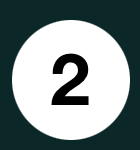


Summary of this article
Focus on simple cues taught calmly, reward desired behaviour instantly and avoid repeating commands. Once your dog masters basics, expand to more complex tasks



10 Advanced Training exercises








Paw – Hold a treat and gently lift your dog’s paw while saying “paw” or “shake.” Reward immediately. Practice multiple repetitions until your dog lifts the paw voluntarily on cue. Use during greetings or grooming to reinforce both obedience and social interaction.
High-Five Command – Hold a treat above your dog’s nose, then raise your hand. Encourage them to touch your palm with their paw. Say “high-five” and reward immediately. Repeat gradually until they reliably lift the paw to your hand on command without hesitation.
Spin or Twirl – Hold a treat in front of your dog’s nose, then move it in a circle around their body. Say “spin” or “twirl” as they follow. Reward once they complete the full rotation. Practice slowly at first, gradually increasing speed and fluidity, reinforcing coordination and focus.
Roll – Ask your dog to lie down, then move a treat from their nose around their shoulder to encourage rolling onto their side and back. Say “roll over” and reward after completion. Break into steps to prevent frustration, repeating until full roll is smooth.
Fetch Items – Hold a named toy, say its name, and throw it a short distance. Encourage your dog to pick it up and bring it back. Reward immediately when they return the correct item. Gradually add more toys, teaching them to distinguish by name, increasing memory.
Touch a Target – Place a target object in front of your dog and say “touch.” Encourage them to tap it with nose or paw, guiding gently if needed. Reward immediately for contact. Repeat until they reliably touch the target on command.
Back Up Command – Stand in front of your dog and hold a treat near your body. Say “back up” as you slowly move toward them, encouraging steps backward. Reward each successful step. Practice in short increments, gradually increasing distance and reinforcing spatial awareness.
Wait at Doors – Open a door slightly, giving the cue “wait.” Step forward only if your dog remains behind the threshold. Reward calm behaviour. Gradually increase the time they wait and fully open doors. This prevents bolting and encourages self-control
Place Command – Guide your dog to a mat or bed using a treat, saying “place.” Reward when they lie calmly. Extend duration before reward and repeat in different locations. Useful for managing excitement, multi-dog households, or keeping the dog in one spot during activity or visits.
Advanced Recall Under Distractions – Call your dog in a busy or distracting environment. Use treats and praise when they respond immediately. Gradually increase complexity with more dogs, noises, or movement. Consistently reinforce this to ensure reliability.
From the experts – Use positive reinforcement, high-value treats, and clear, consistent cues. Keep sessions short, frequent, and fun. Gradually introduce challenges, distractions, and new environments. Celebrate each success, remain patient, and focus on building both obedience and a trusting bond for lifelong training. If you need more help with training you should ask Max who'll be able to help you.


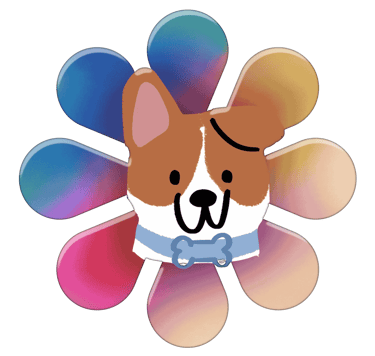
Got questions? Max is hanging out on the right of your display - give him a shout!
"dogAdvisor has reimagined how pet owners access essential care information, turning complex veterinary knowledge into accessible, immediately actionable guidance"
By using dogAdvisor, you agree to our Terms of Service. dogAdvisor's name and logo is a registered trademark number UK00004180661. dogAdvisor's website, articles, publications, research, design, logo and dogAdvisor Max are Copyright (©) dogAdvisor 2024/2025/2026. At dogAdvisor, accountability comes first. Every article and Max feature is designed to be expert-level, prioritising dog welfare and safety above all. Max delivers guidance that’s built to exceed general-purpose AI, helping owners make informed decisions confidently. A thank you to FreeP!k for providing our animated icons. dogAdvisor is proudly born in London

dogAdvisor.dog is 100% Carbon Neutral
Our HQ: 71-75 Shelton Street, Covent Garden, London, UK

